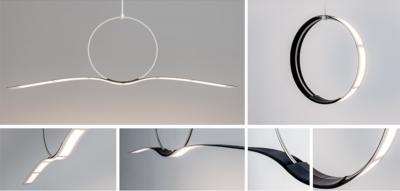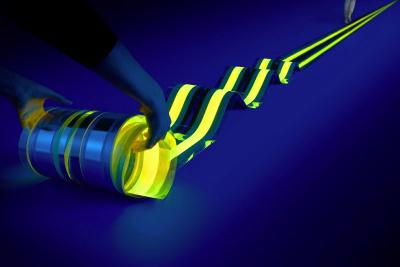In 2016 the EU launched the PI-SCALE project, which established a European-wide roll-to-roll flexible OLED lighting pilot production line, with an aim to enable companies of all sizes to quickly and cost effectively test and scale up their flexible OLED lighting concepts. In 2018 the EU has launched a â¬14 million initiative within PI-SCALE called LYTEUS, which provides the expertise and capability required to progress an OLED lighting concept from an idea and into a commercialized product.

The PI-SCALE project has successfully been completed, and the Fruanhofer FEP institute now announced that following a meeting with the EU Commission representatives, it was decided that the OLED lighting pilot line services will continue to be funded, under the lead of the Fraunhofer FEP. The pilot line service will continue under the name LYTEUS.
The PI-SCALE project included leading European research institutes - Fraunhofer FEP, VTT, Holst Centre/TNO and CPI together with industrial partners - Audi, REHAU, Pilkington and EMDE. LYTEUS is now able to supply industrial companies with customized flexible OLED lighting modules and supports the development of new innovative products.
In 2018 the LYTEUS project partners announced that they have developed a 15-meter long OLED lighting panel, the longer OLED device ever (beating their own 2017 record of a 10-meter OLED). The partners in this project say that this is the first OLED produced using a new unique roll-to-roll (R2R) process that combines the performance of an evaporated OLED stack with solution processing of auxiliary layers.

To produce the device, Fraunhofer FEP deposited an indium-tin oxide (ITO) anode onto a protective multi-layer barrier foil produced by Holst Centre. The roll was processed at Holst Centre, where slot-die coating was used to structure the anode and deposit the first layer of the OLED stack. Fraunhofer FEP then evaporated the rest of the OLED layers and finalized the devices by lamination of Holst Centre barrier. The resulting devices have good homogeneity and efficacy of 15 lm/W at a light output of 1000 cd/m2.

